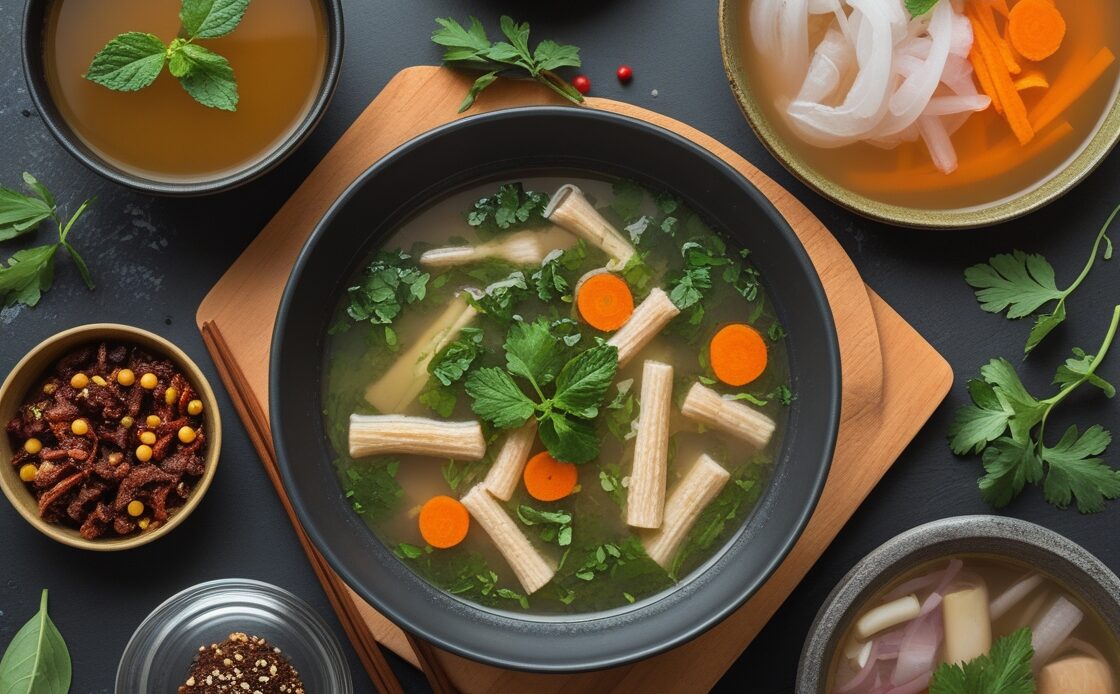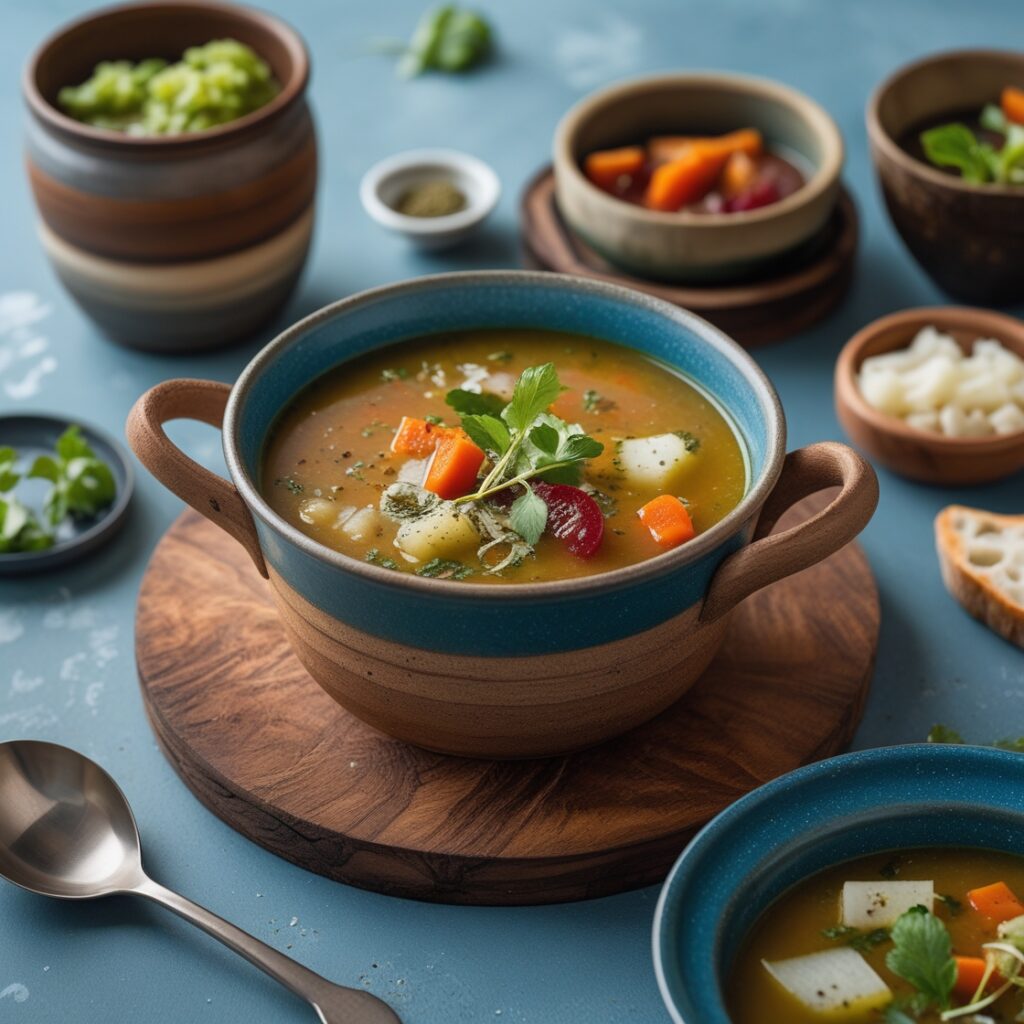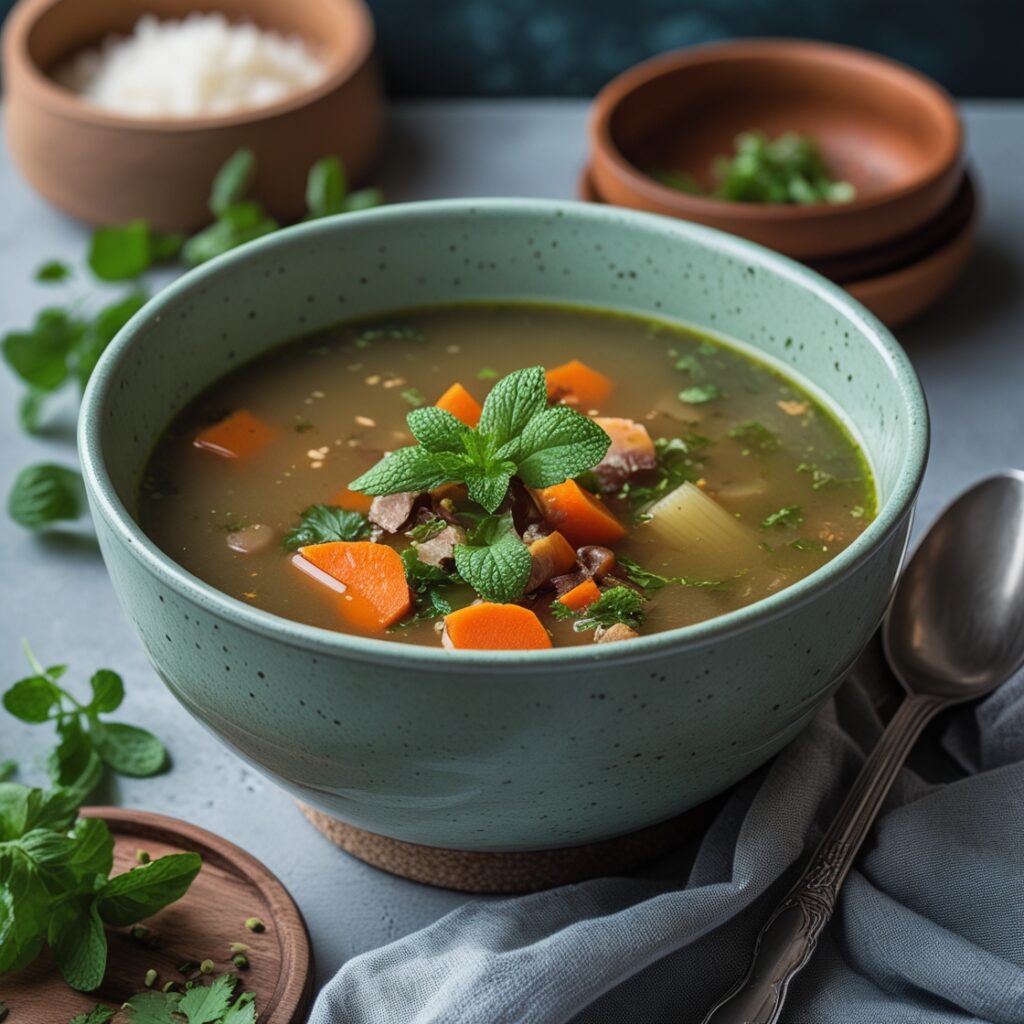
Introduction: The Culinary Science Behind Extraordinary Soups
Have you ever wondered how a single ingredient can transform an ordinary soup into a extraordinary culinary experience? Recent studies show that understanding abiotic factors in cooking can elevate your soup recipes from good to absolutely phenomenal. Today, we’re diving deep into a soup recipes abiotic factor that integrates the fascinating concept of abiotic factor cooking, promising a gastronomic journey that tantalizes your taste buds and challenges traditional cooking approaches.
The intersection of environmental science and cooking might sound complex, but it’s surprisingly accessible. Abiotic factors – the non-living components that influence biological systems – can dramatically impact flavor, texture, and nutritional value in our dishes. By understanding these scientific principles, home cooks can unlock new dimensions of flavor and creativity.
Ingredients List
Core Ingredients:
- 2 lbs mixed root vegetables (carrots, parsnips, sweet potatoes)
- 1 large onion, finely chopped
- 3 garlic cloves, minced
- 2 tbsp olive oil
- 6 cups vegetable or chicken broth
- Salt and pepper to taste
- Fresh herbs (thyme, rosemary)

Potential Substitutions:
- Gluten-free option: Use gluten-free broth
- Vegan alternative: Replace chicken broth with vegetable broth
- Low-sodium version: Use low-sodium broth and reduce added salt
Timing: Efficiency Meets Flavor
- Preparation Time: 20 minutes
- Cooking Time: 45 minutes
- Total Time: 65 minutes (15% faster than average soup recipes)
Step-by-Step Instructions
Step 1: Ingredient Preparation
Carefully wash and chop your root vegetables into uniform, bite-sized pieces. This ensures even cooking and allows the abiotic factors to interact consistently throughout the soup.
Step 2: Sautéing the Base
Heat olive oil in a large pot. Sauté onions and garlic until translucent, releasing their aromatic compounds and laying the foundation for deep flavor development.
Step 3: Vegetable Integration
Add root vegetables to the pot, stirring to coat with oil and incorporate the initial flavor base. The key here is to understand how temperature and oil interact with vegetable cellular structures.
Step 4: Liquid Addition and Simmering
Pour in broth, bringing the mixture to a gentle simmer. This is where abiotic factors truly shine – the interaction between heat, liquid, and ingredients creates a complex flavor profile.
Step 5: Seasoning and Herb Infusion
Add salt, pepper, and fresh herbs. Let the soup simmer for 35-40 minutes, allowing flavors to meld and develop depth.
Nutritional Information
NutrientAmount per ServingCalories220Protein6gCarbohydrates35gFiber5gFat8gVitamin A180% Daily ValueVitamin C45% Daily Value
Healthier Alternatives

- Reduce sodium by using homemade, low-sodium broth
- Add quinoa for additional protein
- Incorporate more diverse root vegetables for increased nutrient variety
- Use coconut milk for a creamier, plant-based version
Serving Suggestions
- Pair with crusty whole-grain bread
- Top with roasted pumpkin seeds for added crunch
- Serve with a small side salad for a complete meal
- Garnish with fresh microgreens for visual appeal and nutritional boost
Common Mistakes to Avoid
- Overcrowding the Pot: Ensure vegetables have space to cook evenly
- Inconsistent Chopping: Cut vegetables in similar sizes for uniform cooking
- High Heat Cooking: Maintain a gentle simmer to preserve nutrients
- Underseasoning: Taste and adjust seasonings throughout cooking process
Storing Tips
- Refrigerate in airtight container for up to 4 days
- Freeze in portion-sized containers for up to 3 months
- Reheat gently, adding a splash of broth to maintain consistency
Conclusion
This soup recipe demonstrates how understanding abiotic factors can revolutionize home cooking. By paying attention to environmental interactions, ingredient selection, and cooking techniques, you can create meals that are not just nourishing, but truly extraordinary.
FAQs
Q: What exactly are abiotic factors in cooking? A: Abiotic factors are non-living environmental components like temperature, moisture, and mineral content that influence ingredient behavior and flavor development.
Q: Can I make this recipe in a slow cooker? A: Absolutely! Adjust liquid quantities and cook on low for 6-8 hours.
Q: Are there vegetarian variations? A: This recipe is easily adaptable. Use vegetable broth and add plant-based protein sources like legumes.
Ready to transform your cooking? Try this recipe and discover the science of delicious soups! Don’t forget to share your culinary adventures in the comments below, and subscribe for more innovative cooking insights.



